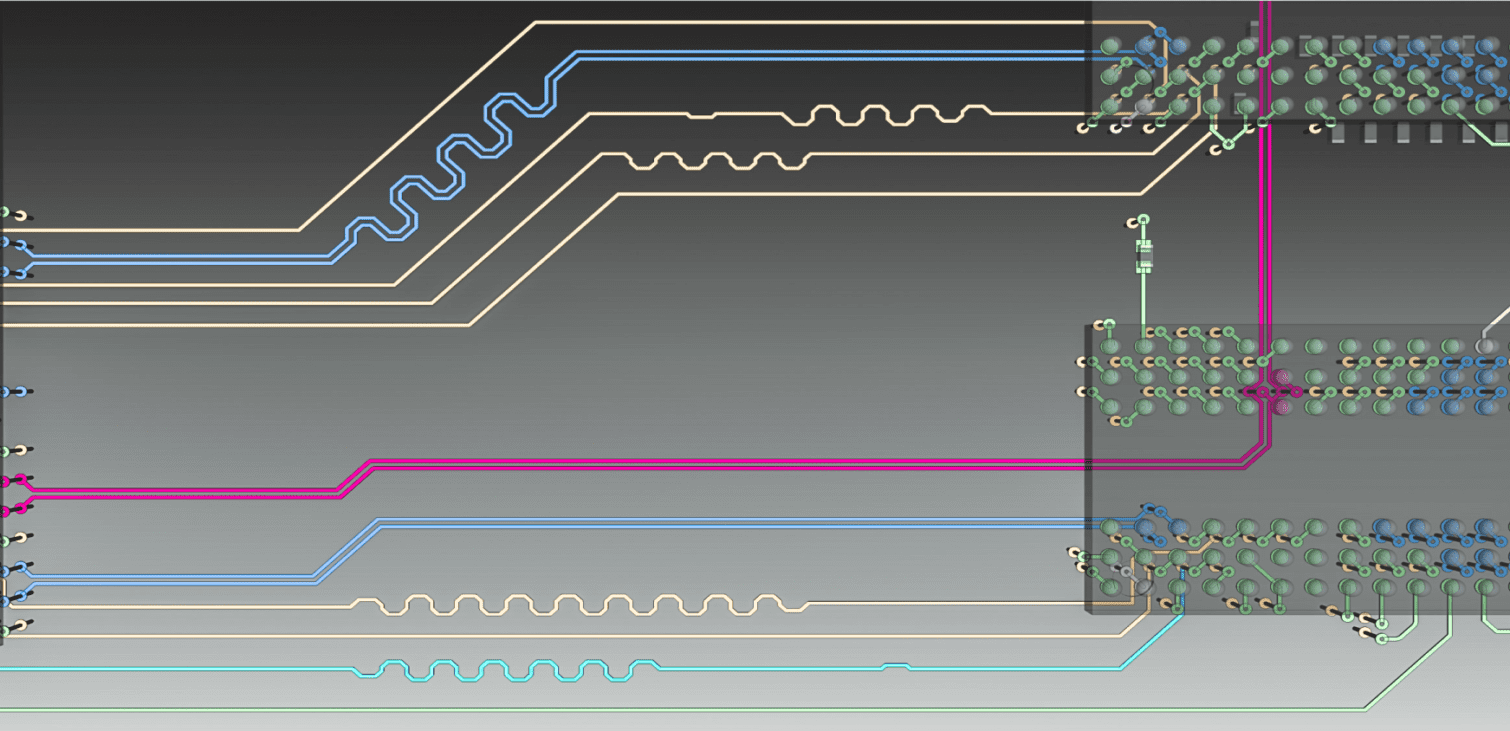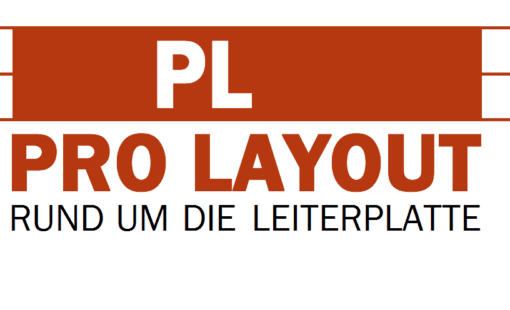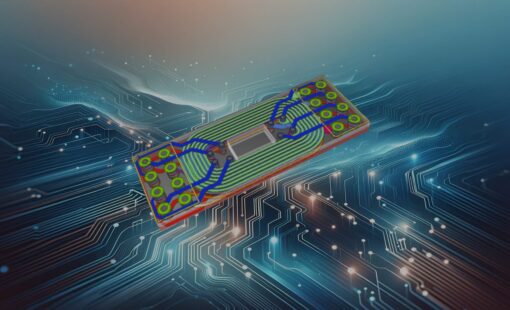What are Differential Pairs?
Differential pairs comprise two complementary parts. They can carry faster signals than single-ended connections. They offer a unique approach to directing high-speed data streams, especially in scenarios where each transition between edges occurs rapidly. The differential protocols utilized in high-speed designs form the foundation of numerous prevalent signaling standards, often recognized by familiar acronyms such as USB, HDMI, and Ethernet. These protocols are typically implemented using differential pairs, necessitating meticulous planning in trace design and routing. Historically, achieving the desired length objectives and impedance tolerances for differential pairs involved numerous manual adjustments. Fortunately, contemporary CAD software simplifies this process by allowing designers to encode these requirements as design rules, ensuring precise and efficient routing.
Benefits of Differential Pairs
- The received signal is the difference between the two complementary parts, so noise on one side is canceled by similar noise on the other
- Most differential pairs are routed closely parallel, and they couple electromagnetically. Key parameters such as differential pair impedance are localized, creating a tight signaling channel. Radiated electromagnetic interference (EMI) is also more localized. Careful routing is essential.
- eCADSTAR provides facilities to make sure differential-pair routing will produce correct results
These short videos explain the basics of this technique – illustrated in eCADSTAR
Differential Pair Primer
_______________________________________________________________________________________
- How differential pair signals differ from single-ended signals
- Odd-mode, even-mode, and differential pair impedance
A Differential Pair and its Termination
________________________________________________________________________________________
- Why differential pair length-matching alone is not enough
- Subtle considerations when terminating
- How mode-dependence varies with coupling
To Conclude
In conclusion, the use of differential pair signals offers several advantages such as transmitting information with lower voltages, ensuring a good signal-to-noise ratio, enhanced immunity to noise, and the ability to achieve higher data rates. However, it comes with the drawback of an increased conductor count, requiring specialized transmitters and receivers instead of standard digital ICs.
In today’s technological landscape, they have become integral to various standards, including LVDS, USB, CAN, RS-485, and Ethernet. As professionals in the field, it’s crucial for us to, at the very least, be familiar with this technology. For those actively involved in PCB design with differential signals, it’s advisable to refer to relevant datasheets and application notes. If needed, revisiting this article can provide valuable insights into the intricacies of working with differential pairs. If you want to look at how to configure them in eCADSTAR and learn the basic configuration and routing of differential pairs you need to excel in your PCB design process.
Discover more about the full capabilities of eCADSTAR through our datasheets, videos, and webinars. Should you be ready to take it to the next step request a free evaluation to experience our PCB software for yourself. Unified, connected, and comprehensive, eCADSTAR has all you’ll need to take a project from conception to production.

-
Jane Berrie•Electronic Design Technology PartnerJane Berrie is an EDA product innovator and technical marketing content creator, focusing on high-speed design and signal integrity. She is a published author of technical articles and a past session chair at the annual Design Automation Conference (DAC).



